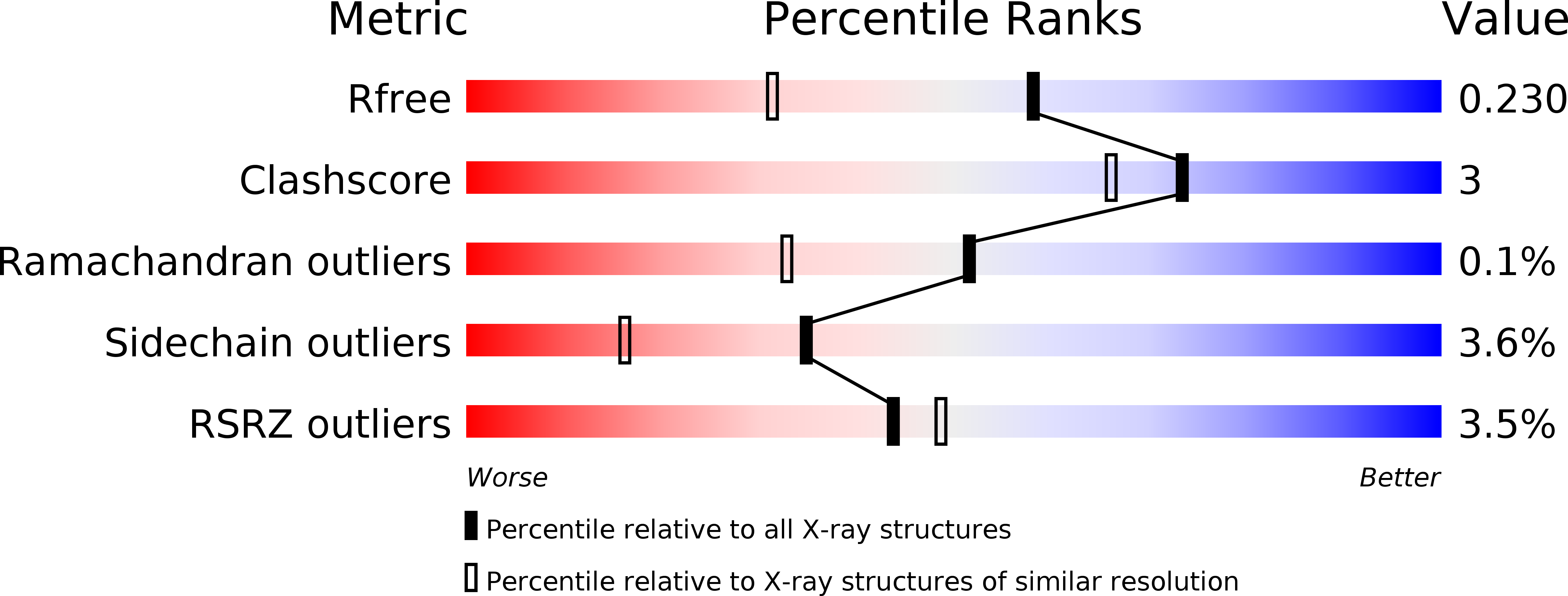
Deposition Date
2002-12-28
Release Date
2003-03-27
Last Version Date
2024-10-23
Entry Detail
PDB ID:
1OA3
Keywords:
Title:
Comparison of Family 12 Glycoside Hydrolases and Recruited Substitutions Important for Thermal Stability
Biological Source:
Source Organism:
HYPOCREA SCHWEINITZII (Taxon ID: 36924)
Host Organism:
Method Details:
Experimental Method:
Resolution:
1.70 Å
R-Value Free:
0.21
R-Value Work:
0.19
R-Value Observed:
0.19
Space Group:
P 1 21 1


